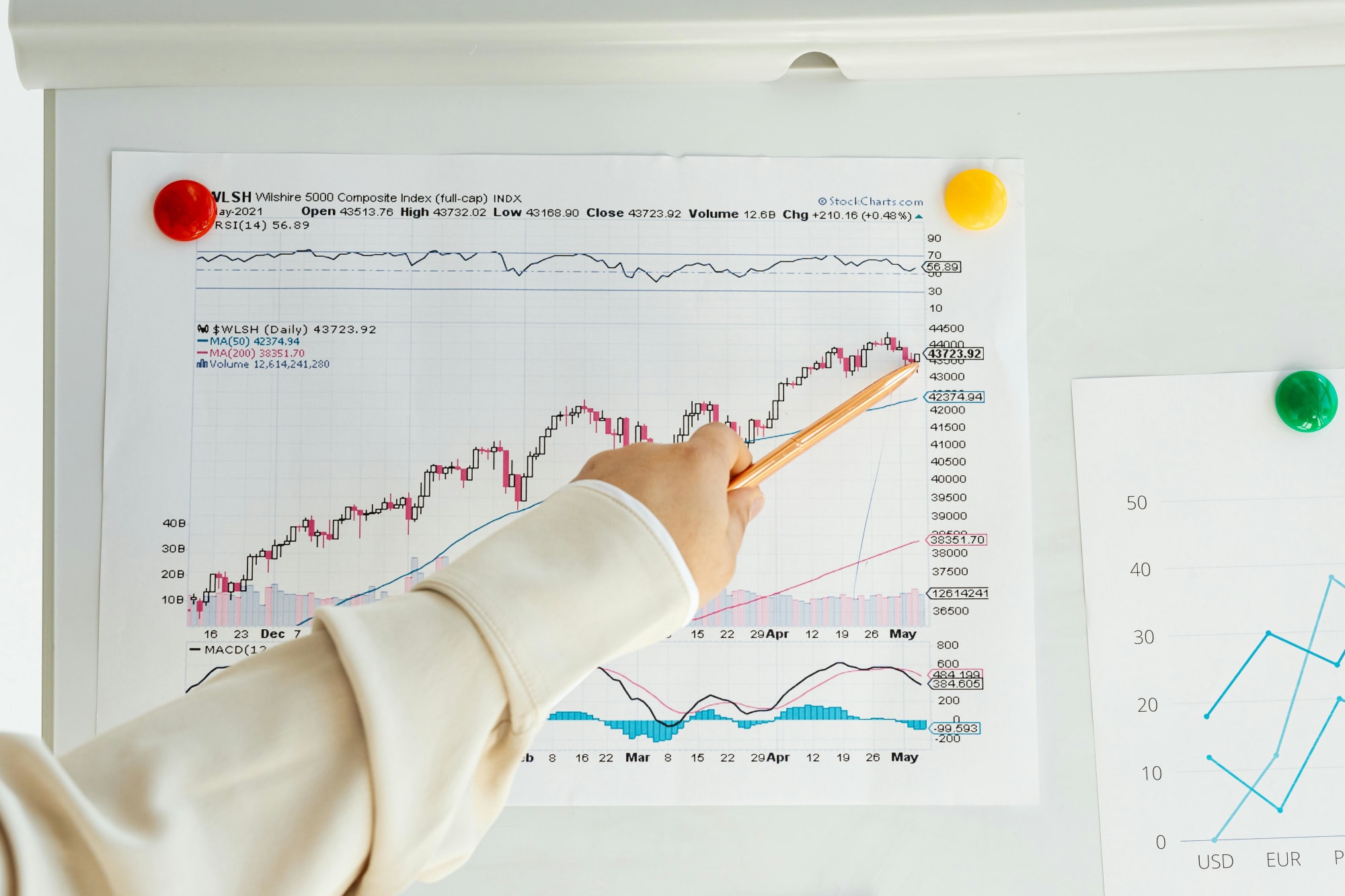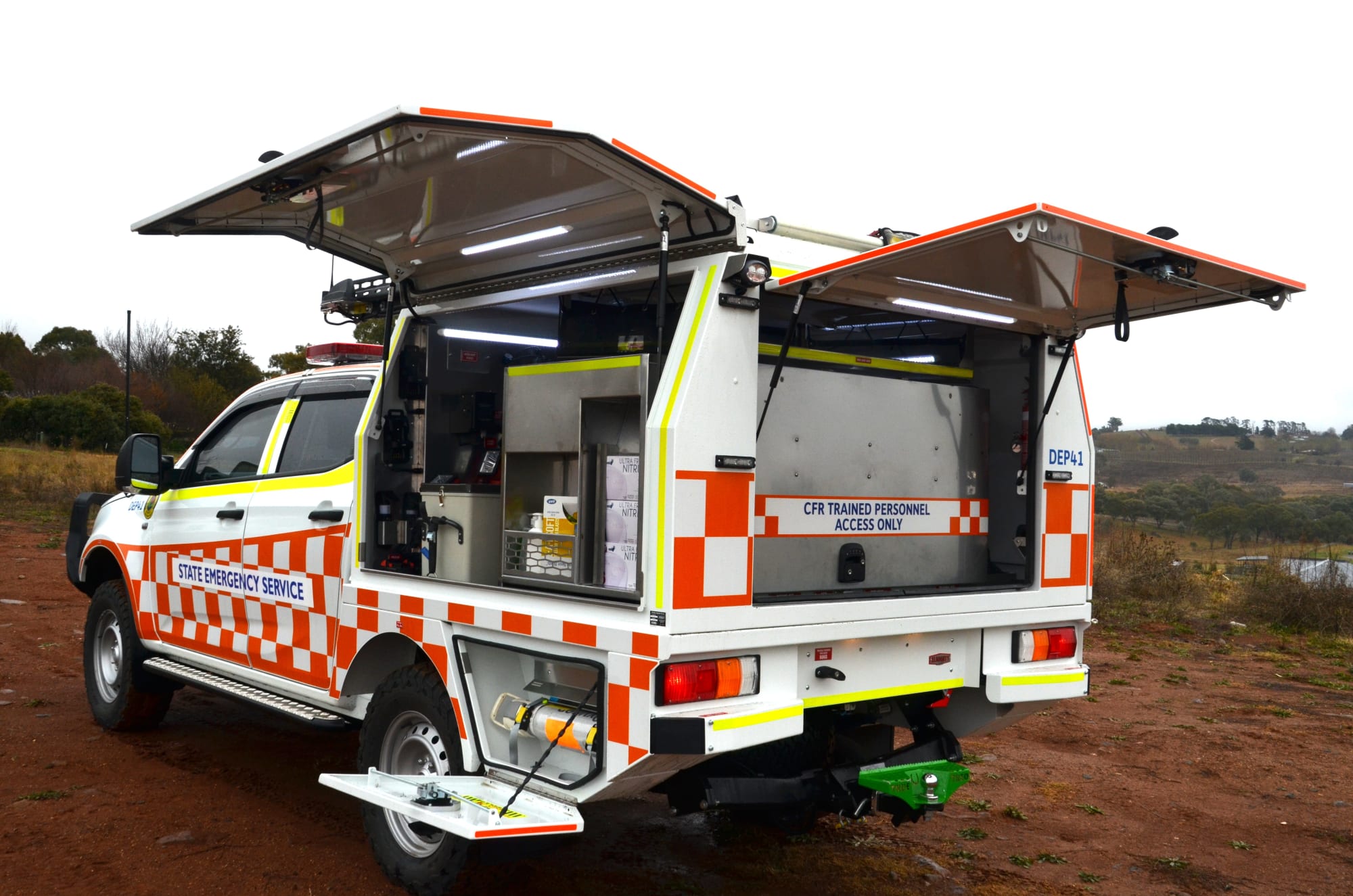Invest
Why Australia’s the lucky country when it comes to COVID-19
A leading economist makes the case that Australia could fare much better than the developed world when it comes to economic prosperity post-COVID-19.
Why Australia’s the lucky country when it comes to COVID-19
A leading economist makes the case that Australia could fare much better than the developed world when it comes to economic prosperity post-COVID-19.

According to AMP Capital chief economist Dr Shane Oliver, April could be the low point for the Australian economy, with activity picking up faster in Australia than abroad.
“If, as appears likely, a phased easing of the lockdown starts this month, then April should prove to be the low point in economic activity and growth should return to the economy in the second half,” Dr Oliver said.
While highlighting that Australia will not bounce immediately back to normal, the economist explained three ways in which Australia’s performance during the pandemic could help it on the other side.
“This does not mean that things will quickly bounce back to normal – the easing of the lockdown will likely be gradual to minimise the risk of a second wave, some businesses will not reopen, uncertainty will linger, debt levels will be higher and business models will have to adapt to different ways of doing things.

“This may mean returning to the office on a rotational basis and shops and restaurants reopening but with distancing rules,” Dr Oliver explained.
Australia has performed better than many countries in controlling coronavirus
Dr Oliver advised that while things were bleak in late March, Australia’s success in “controlling” coronavirus stands out globally.
“After a rapid escalation in new cases, Australia imposed a shutdown around 22 March. New cases peaked in late March at over 500 a day and have since declined to less than 30 a day, albeit with a few clusters still causing problems. New cases may have peaked in the US but are still averaging around 29,000 per day,” Dr Oliver said.
When Australia is compared with other OECD countries based on recovery rates, active cases per capita, total cases per capita adjusted for the number of days since the first case and testing per capita, Australia ranks first, with New Zealand second, compared with Italy at 28th, the UK at 31st, Sweden at 36th and the US the worst performer in the OECD at 37th.
Australia has seen a superior policy response
As governments around the world respond to the economic threats caused by the COVID-19 pandemic, Dr Oliver said the structure of the Australia stimulus puts it in a strong position.
“In many countries, it includes a large element of loans and debt guarantees as opposed to actual fiscal stimulus in the form of spending or tax cuts. For example, providing a loan (or a guarantee to enable a loan) to a business to help it survive the shutdown versus providing it with a wage subsidy.
“Loans and guarantees are helpful, but they leave businesses more indebted, whereas actual fiscal stimulus provides a direct boost.
“So, actual fiscal support is a better measure, and on this front Australia at 10.6 per cent of GDP has provided by far the strongest fiscal stimulus of G20 countries,” Dr Oliver explained.
He also believes the centrepiece policy, JobKeeper, was a superior approach as it keeps people employed, minimises “confidence-zapping negative headlines”, preserves employer-employee relationships and keeps workers getting paid while supporting struggling businesses.
Australia’s major trading partner is 2-3 months ahead of the rest of the world
The leading economist believes Australia's major trading partner is a couple of months ahead of the world when it comes to reopening, giving Australia an advantage over other countries as an exporter.
“Finally, we may benefit from our biggest export market – China, which takes a third of our exports – being ahead of the global recovery curve by around two to three months and focused on infrastructure spending.
“This explains why prices for our key export – iron ore – are holding up relatively well compared to, say, the price of oil (of which we are a net importer),” Dr Oliver concluded.
About the author

About the author


Economy
Navigating the inflation maze: How CFOs can outsmart economic hurdles in Australia
Fresh inflation data have cooled expectations of near-term rate cuts in Australia, intensifying pressure on margins, capital allocation and demand. Rather than wait for monetary relief that may not ...Read more

Economy
Inflation concerns rise as Australia's CPI climbs to 3.8% in October
Australia's latest Consumer Price Index (CPI) figures have sent ripples through the economy, with headline inflation accelerating to 3.8% year-on-year in October, up from 3.6% in September. The data, ...Read more

Economy
October CPI results pose challenges for RBA’s monetary policy stance
In a surprising turn of events, the October Consumer Price Index (CPI) data has raised eyebrows among economists and market strategists, revealing stronger-than-expected inflationary pressures in ...Read more

Economy
Global deal activity declines by 6% amid economic uncertainty, reports GlobalData
In a year characterised by economic turbulence and evolving market conditions, global deal activity has witnessed a notable downturn during the first ten months of 2025. According to GlobalData, a ...Read more

Economy
Australia’s softening labour market puts another RBA cut in play — here’s what business should do now
A four-year high in unemployment has revived expectations the Reserve Bank could deliver another rate cut as soon as November. With quarterly GDP growth running at 0.6 per cent and annual growth at ...Read more

Economy
Rising CPI reinforces RBA’s stance as rate cut expectations remain: State Street
State Street Global Advisors says the Reserve Bank of Australia (RBA) is likely to hold its current policy outlook following the release of September quarter inflation data, which showed an unexpected ...Read more

Economy
NSW SES boosts tsunami preparedness ahead of World Tsunami Awareness Day
As World Tsunami Awareness Day approaches on 5 November, the New South Wales State Emergency Service (NSW SES) is ramping up efforts to enhance tsunami preparedness along the east coastRead more

Economy
Lifesaving Regional Response Strengthened with New NSW SES Vehicles
In a significant boost to regional emergency services, the NSW State Emergency Service (SES) has unveiled 11 new Community First Response (CFR) vehicles, designed to enhance the speed and safety of ...Read more

Economy
Navigating the inflation maze: How CFOs can outsmart economic hurdles in Australia
Fresh inflation data have cooled expectations of near-term rate cuts in Australia, intensifying pressure on margins, capital allocation and demand. Rather than wait for monetary relief that may not ...Read more

Economy
Inflation concerns rise as Australia's CPI climbs to 3.8% in October
Australia's latest Consumer Price Index (CPI) figures have sent ripples through the economy, with headline inflation accelerating to 3.8% year-on-year in October, up from 3.6% in September. The data, ...Read more

Economy
October CPI results pose challenges for RBA’s monetary policy stance
In a surprising turn of events, the October Consumer Price Index (CPI) data has raised eyebrows among economists and market strategists, revealing stronger-than-expected inflationary pressures in ...Read more

Economy
Global deal activity declines by 6% amid economic uncertainty, reports GlobalData
In a year characterised by economic turbulence and evolving market conditions, global deal activity has witnessed a notable downturn during the first ten months of 2025. According to GlobalData, a ...Read more

Economy
Australia’s softening labour market puts another RBA cut in play — here’s what business should do now
A four-year high in unemployment has revived expectations the Reserve Bank could deliver another rate cut as soon as November. With quarterly GDP growth running at 0.6 per cent and annual growth at ...Read more

Economy
Rising CPI reinforces RBA’s stance as rate cut expectations remain: State Street
State Street Global Advisors says the Reserve Bank of Australia (RBA) is likely to hold its current policy outlook following the release of September quarter inflation data, which showed an unexpected ...Read more

Economy
NSW SES boosts tsunami preparedness ahead of World Tsunami Awareness Day
As World Tsunami Awareness Day approaches on 5 November, the New South Wales State Emergency Service (NSW SES) is ramping up efforts to enhance tsunami preparedness along the east coastRead more

Economy
Lifesaving Regional Response Strengthened with New NSW SES Vehicles
In a significant boost to regional emergency services, the NSW State Emergency Service (SES) has unveiled 11 new Community First Response (CFR) vehicles, designed to enhance the speed and safety of ...Read more








